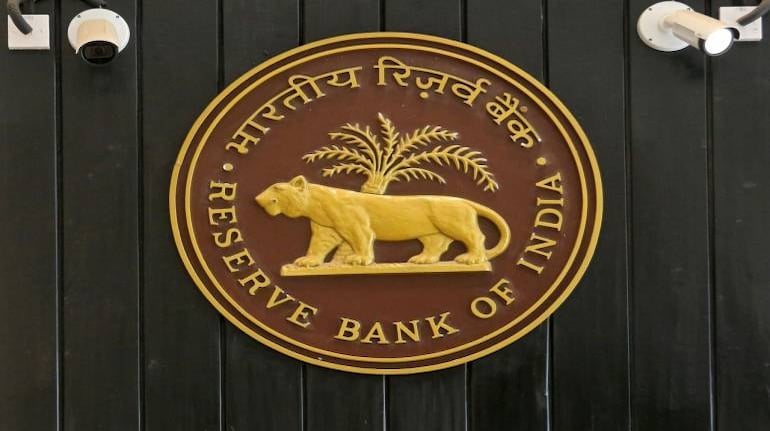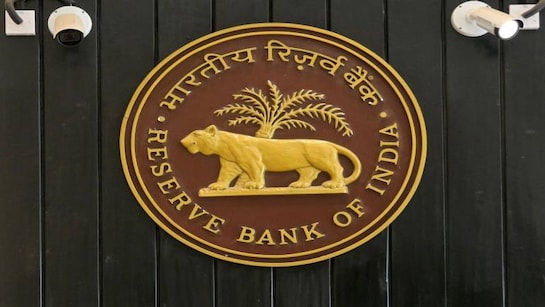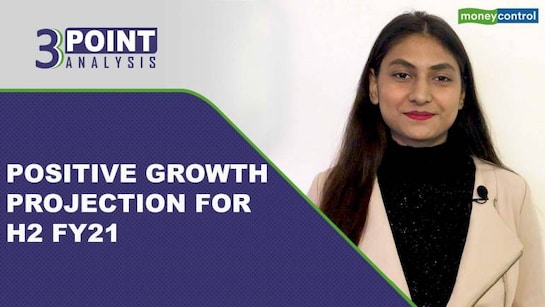The policy rates being status-quo was a consensus view – and to that extent a non-event. Conjecture, however, was on the likely stance change and/or any pre-mature withdrawal of the current liquidity in the banking system.
The good news is that all 6 members voted for keeping the repo rate unchanged and also voted for retaining the stance at “accommodative”.
There was a reiteration that an accommodative stance will exist as long as necessary – at least during the current financial year and into the next financial year – to revive growth on a durable basis and mitigate the impact of COVID-19 on the economy, while ensuring that inflation remains within the target going forward.
The Reserve Bank of India (RBI) has also projected a better GDP growth FY2021 to be at -7.5% (earlier -9.5%), and also foresees a positive GDP growth in 3Q and 4Q FY21. The MPC projects headline CPI inflation at 6.8% for 3QFY21, 5.8% for 4QFY21.
The RBI has also acknowledged that certain high-frequency indicators point to recovery gaining traction, however quick enough to note that recovery is far from being broad-based.
There is no doubt that the RBI has played the bugle on inflation – by stating that the outlook has turned adverse relative to expectations in the past couple of months.
The silver lining however is that both 3-months and 1-year ahead inflation expectations of households have eased modestly in anticipation of the seasonal moderation of food prices in the winter and easing of supply chain disruptions.
Against this backdrop, how does one really plan the way ahead for fixed income investments?
The biggest anxiety on the markets’ minds was the pre-mature withdrawal of liquidity. Yields had already moved up ~15 bps (0.15%) in anticipation. With no such announcement, we expect liquidity-driven downward yield movement to continue.
Also, inflation is not yet driven by monetary factors, and, hence, surplus liquidity is unlikely to interfere with monetary policy objectives.
A planned CRR cut reversal in March may at best be accompanied by long term reverse repo and/or market stabilization bonds if deemed necessary.
Sticky inflation and improving growth prospects indicate no immediate gratification on easing benchmark rates. Continuing the accommodative bias implies a “long pause” for now and no urgency to reverse the decision anytime soon.
This bodes well for carry trade – which the current steepness of the yield curve does offer. The current yield curve steepness is inexplicable – something which will need OMOs / OTs to be conducted on a continued basis to address.
We expect RBI to continue to conduct OMOs/OTs on a periodic basis to keep the long end of the yield curve supported.
The recent FPI inflow (equities) is also bolstering the sentiment for the INR – which, sans RBI forex intervention, could see an appreciating bias in the near future. This also aids the reduction in imported inflation to some extent.
The above ingredients are just the right mix for investors to stay invested across fixed income strategies – as “carry” assumes significance over “capital gains”.
We believe the accommodative bias continuity bodes well for fixed income and hence time to bond continues…
(Lakshmi Iyer, CIO – Debt & Head – Products, Kotak Mahindra Asset Management Company)
Disclaimer: The views and investment tips expressed by experts on Moneycontrol.com are their own and not those of the website or its management. Moneycontrol.com advises users to check with certified experts before taking any investment decisions. 











_2020091018165303jzv.jpg)





























